Gangdanggolgyegok Valley (강당골계곡)
12.3Km 2024-02-22
510, Gangdang-ri, Songak-myeon, Asan-si, Chungcheongnam-do
Gangdanggolgyegok Valley is located at the northern foot of Gwangdeoksan Mountain at the boundary between Asan and Cheonan, through which the Oeamcheon Stream flows. The valley has clear water and a lush forest, making it a great place for forest bathing and summertime swimming. Gwangdeoksan Mountain also has excellent hiking trails. The village has campgrounds and pensions for accommodations, along with several restaurants.
Paradise (파라다이스)
12.7Km 2024-12-23
7-7 , Asanoncheon-ro 157beon-gil, Asan-si, Chungcheongnam-do
+82-41-543-4900
Located in Asan, Chungcheongnam-do, Paradise Hotel is surrounded by mountains and has a spacious and convenient parking lot. All rooms have a Mediterranean-style layout and interior, while the popular VIP rooms come with either jacuzzi, bath tub or sauna. The hotel is clean and well managed, and all rooms are suitable for families.
CU - Nam Seoul University Student Union Hall Branch [Tax Refund Shop] (cu남서울대학생회관점)
13.2Km 2024-06-26
B1F, 91, Daehak-ro, Seonghwan-eup, Seobuk-gu, Cheonan-si, Chungcheongnam-do
-
Yeonginsan Recreational Forest (아산 영인산자연휴양림 숲속야영장)
13.9Km 2022-09-07
16-26, Asanoncheon-ro, Asan-si, Chungcheongnam-do
+82-41-538-1958
Yeonginsan Recreational Forest is situated on Yeonginsan Mountain in Asan-si, Chungcheongnam-do. The summit of the mountain provides a panoramic view of the surroundings including the west sea, Sapgyocheon Stream, and more. Various facilities are also available including accommodations and water play site. There are many tourist attractions nearby for visitors to enjoy.
Cheonan Gwangdeoksa Temple (광덕사(천안))
14.4Km 2021-12-01
30, Gwangdeoksa-gil, Dongnam-gu, Cheonan-si, Chungcheongnam-do
+82-41-567-0050
Gwangdeoksa Temple is said to be established in 637 by Monk Jajang Yulsa during the Silla Kingdom and was refurbished during the reign of King Heungdeok (832). The temple sits in the southeast of Gwangdeoksan Mountain, which borders Asan-si and Cheonan-si, and the southwest of Taehwasan Mountain. It was the biggest temple within Chungcheong and Gyeonggi regions before the Japanese invasion. However, it was burnt down during the Japanese invasion and the main buildings such as Daeungjeon, Myeongbujeon and Cheonbuljeon Halls are relatively new compared to the other original facilities.
Jeonuihyanggyo Confucian School (전의향교)
15.9Km 2025-05-20
5-18, Bukchon 1-gil, Sejong-si
+82-44-211-4022
Jeonuihyanggyo Confucian School is thought to have been built in 1413 during the 13th year of King Taejong’s reign. The school features a simple spatial arrangement with only Myeongnyundang and Daeseongjeon Study Halls, each with three gates in the front. Outside the western wall of Myeongnyundang Hall is Sujiksa Temple.
Several books - Jaeimnok, Seonan, several texts on rituals, and Eojeyuneum (1782-1783), which was published in 1782 (6th year of King Jeongjo’s reign) and 1783, have been found at Jeonui Hyanggyo.
Bonggoksa Temple (봉곡사)
16.0Km 2021-05-15
138, Dosong-ro 632beon-gil, Asan-si, Chungcheongnam-do
+82-41-543-4004
Surrounded by lush wildlife Bonggoksa Temple is located alongside the northeast valley in Bongsusan Mountain in Namdan, Songak-myeon. Both Daeeungjeon and Hyanggakjeon sit facing east, and to the north, is the large Yosache (residence for Buddhist monks). Behind the residence, an area has been leveled down for a restroom and storehouse. And Samseongak (a building where three saints are worshipped) is situated on top of the mound to the south of the temple. Although Samseongak was constructed in recent years, both Daeungjeon and Yosache are identified in the restored record that was found by Buddhist monk, Seobong in 1891. The temple has gained renown for being the place where Saint Mangong attained his Buddhist awakening and recited Odoseong, the zen poetry in July, 1895.
Beartree Park (베어트리파크)
17.1Km 2025-05-20
217, Sinsong-ro, Sejong-si
+82-44-866-7766
Beartree Park is a beautiful natural space in Sejong founded by entrepreneur Lee Jae-yeon. The park first started out as a private garden cared for by Lee personally. The garden was turned into a park and opened to the public in 2009, boasting a beautiful collection of flora and fauna. Indoor and outdoor botanical gardens, junipers, wild flowers, irises, and bonsais are tended with the utmost of care. In addition to the magnificent gardens, visitors can also observe family of deer, bears, birds, and more.
Unjusanseong Fortress (운주산성)
18.1Km 2021-08-31
Migok-ri, Sejong-si
+82-44-300-3423
Unjusanseong Fortress, also known as Gosansanseong Fortress, is a cultural heritage of the Baekje dynasty. This is a mountain fortress built along the surrounding three mountain peaks in the westernmost and southernmost parts of Unjusan Mountain. The stone fortress wall, which borders three villages in Jeondong-myeon and two villages in Jeonui-myeon, is 3,210 meters long and two meters wide with a x_height that ranges from two to eight meters. The walls follow the natural geographical features of the mountain range, with the southern walls surrounding the mountain's peak.
Remnants of a village can still be observed within the fortress walls, such as the fortress gate and a ritual site. Pieces of earthenware from the Baekje period, porcelain from the Goryeo and Joseon periods, and broken tiles from the Baekje, Goryeo and Joseon periods have been discovered around the site as well.
Cheonghwajip (청화집)
18.3Km 2024-02-22
1749, Chungjeol-ro, Byeongcheon-myeon, Dongnam-gu, Cheonan-si, Chungcheongnam-do
Cheonghwajip is said to be the oldest sundae restaurant in Byeongcheon Sundae Street, having opened in 1968. There are only two items on offer: sundae gukbap (sundae and rice soup) and modeum sundae (assorted sundae). Sundae gukbap (sundae and rice soup) is a milky soup with tender sundae and meat, delivering refreshing and deep flavors. Modeum sundae (assorted sundae) has a variety of sundae and meat parts plated together.
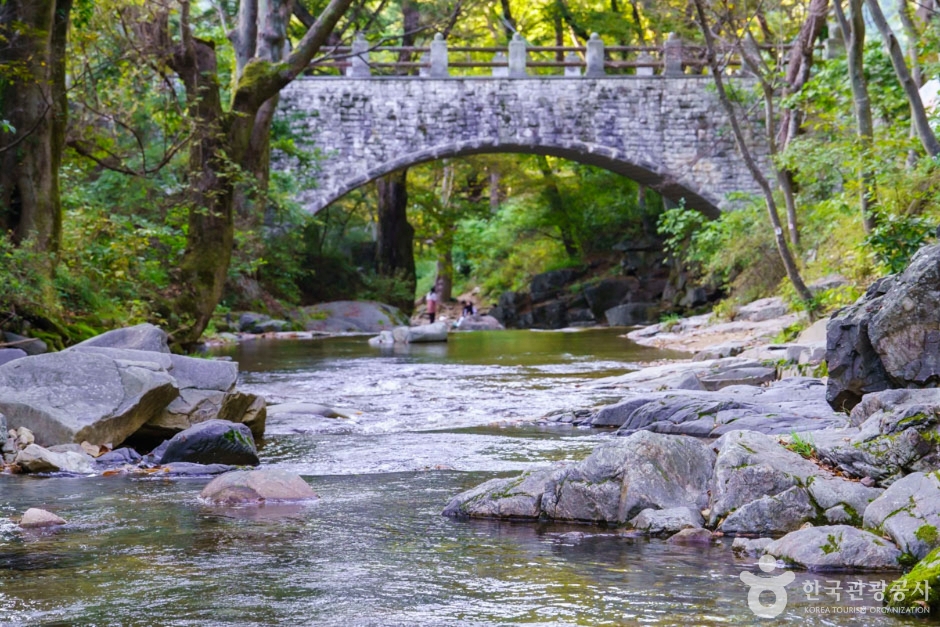
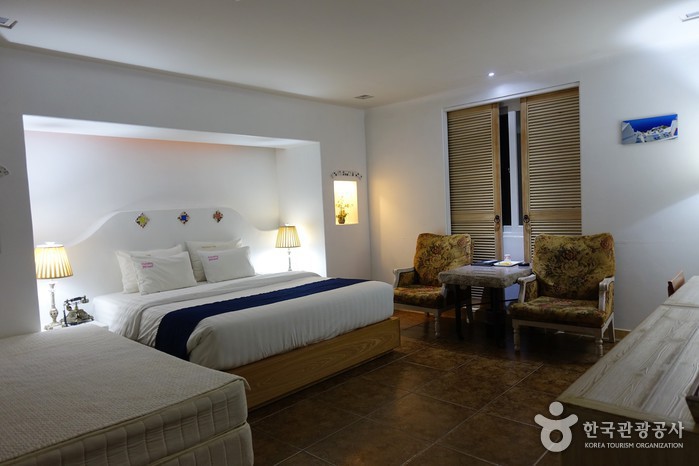

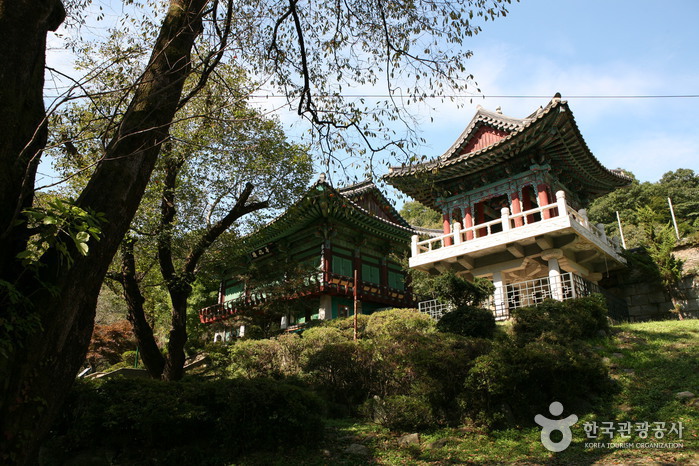
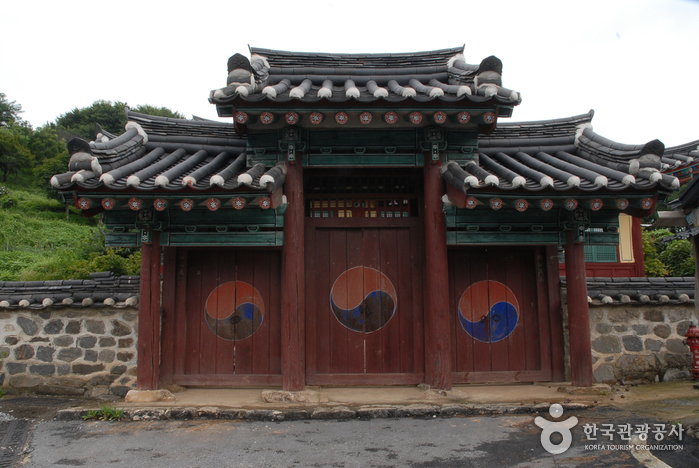

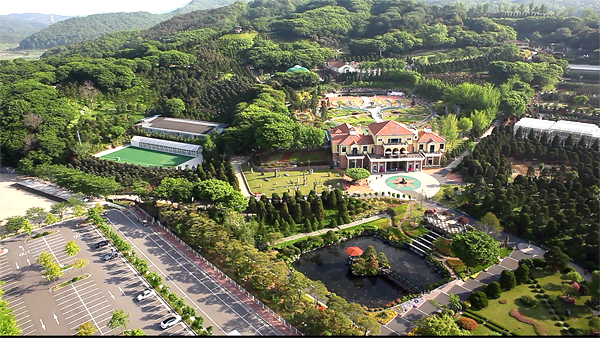
 English
English
 한국어
한국어 日本語
日本語 中文(简体)
中文(简体) Deutsch
Deutsch Français
Français Español
Español Русский
Русский